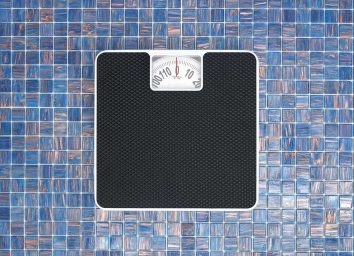13 Facts About Seasonal Affective Disorder
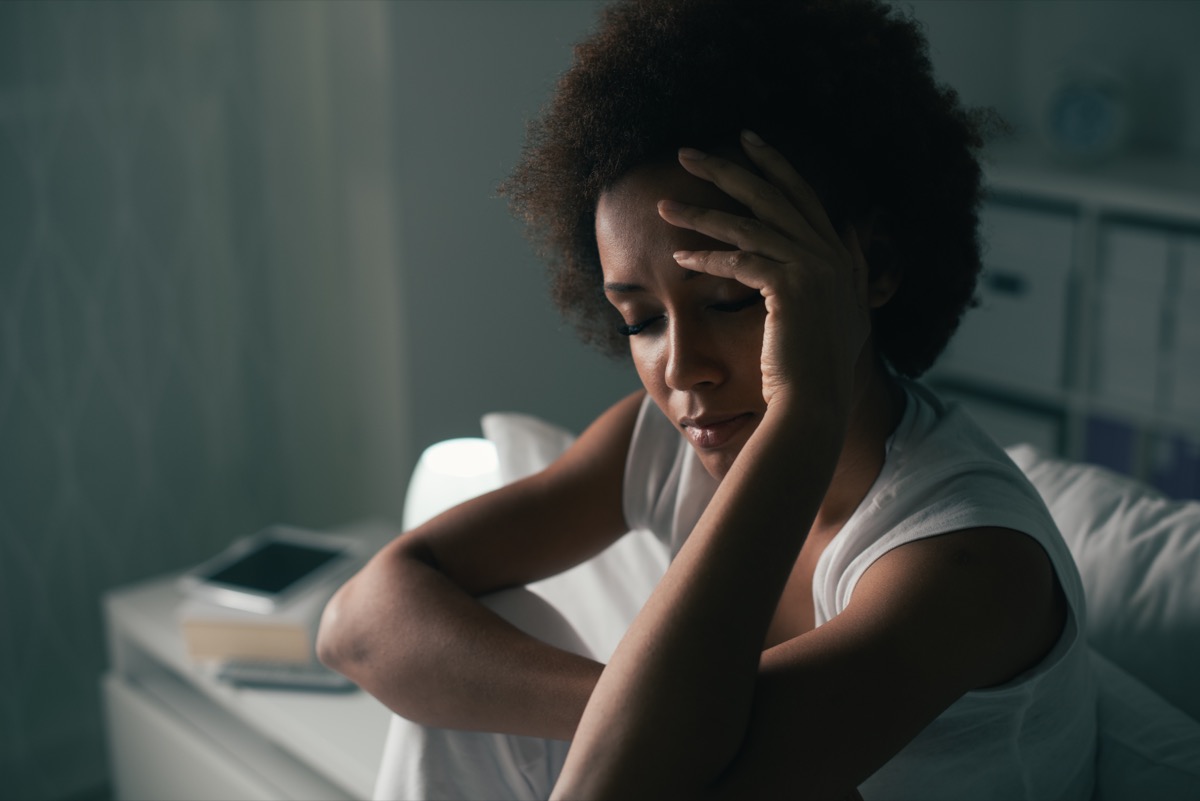
Love the crisp autumn and winter air but hate how depressed you feel when the sun begins to set hours earlier than it did a few weeks ago? You may have Seasonal Affective Disorder (SAD), or seasonal depression, a type of depression triggered by seasonal light changes. In most cases, symptoms begin during late fall or early winter and start to fade away as the days become longer during spring. However, some people get SAD in spring or summer—it’s just less common. Either way, symptoms include loss of interest in things that you once enjoyed, lack of energy, sadness, feelings of hopelessness, difficulty concentrating, a strong desire to sleep, or changes in appetite or weight. Thankfully though, the condition can be treated.
“It really is a manageable thing,” Dr. Janis Louise Anderson, an associate psychologist at Brigham and Women’s Hospital in Boston, says of the condition.
You may have heard about light therapy, or phototherapy, as a popular treatment for SAD. Psychotherapy, medications, and lifestyle changes can also help. There are many things, however, that you may not know about this type of depression, especially when it comes to how it affects your weight. To help you make more informed decisions about your health and weight maintenance strategies, we gathered some must-know information about SAD that everyone should know before the darker days of autumn arrive. And while you’re making healthier changes to your routine, try out any of these 21 Best Healthy Cooking Hacks of All Time.
It Has Genetic Ties
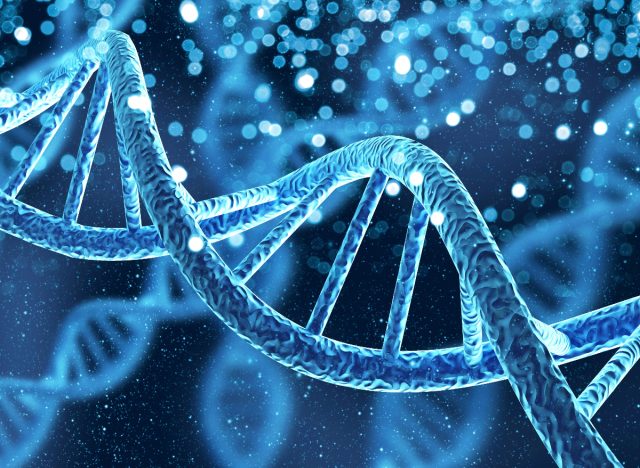
A study out of the University of Virginia found that seasonal depression may be linked to a genetic mutation in the eye that makes SAD patients less sensitive to light. More recent research out of UC San Francisco found a human gene mutation that seems to connect unusual sleep patterns and heightened rates of the condition. Typically, symptoms begin between 18 and 30 years of age.
SAD Can Start in the Autumn

Despite conventional wisdom, SAD doesn’t simply begin with the winter solstice. People typically begin experiencing SAD during late September or October, and it gradually gets worse as winter begins, says Anderson. If you tend to exercise less in the fall, you may want to make a conscious effort to move more and try some of these 25 Weight Loss Hacks Perfect for Fall to counteract the feelings of depression and ward off the associated weight gain.
Women with Other Mood Disorders Are at Risk

Long-term studies have found that about one-third of SAD patients have another type of mood disorder. Research also suggests that SAD occurs four times more often in women than in men, however, some sources say that men have more severe symptoms. While these 20 Foods That Put You in a Bad Mood certainly won’t increase your risk for the condition, they certainly won’t help, so be sure to stay away!
You Need to Get Diagnosed

Not sure if you have SAD? Ask perceptive family members and friends if they’ve noticed that your behavioral patterns happen to correlate with the seasons. And most importantly, talk to your doctor. To diagnose SAD, you must experience symptoms for two consecutive years in a row, notes Dr. Linda Higley, a psychologist based in Washington. “The main thing is to take it seriously and reach out [for help],” adds Anderson.
There’s Hope

Though most SAD sufferers have anxiety leading up to the fall and winter, it’s possible to learn how to reduce symptoms and better cope with them. “You’re not doomed,” Anderson says, adding, “Some years tend to be worse than others.” And most importantly, if you know to expect a change in your mood and outlook come fall, you’ll be better able to manage your condition.
It Makes You Crave Carbs

People with SAD may have intense cravings for certain foods—especially carbs, explains Anderson. It may be hard to pass up all those tasty fall comfort foods, but the natural inclination to indulge could wreak havoc on your weight loss progress or weight management plans. To overcome your cravings and better manage your condition, Anderson recommends reading Winter Blues by Dr. Norman Rosenthal, a psychiatrist and professor at the Georgetown University School of Medicine.
The Stigma Is Diminishing
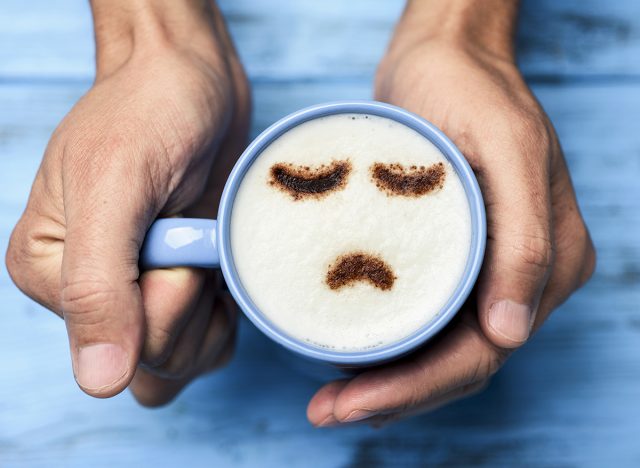
Does anybody like it when the days start getting shorter? Not really. That’s why people seem to understand that SAD is a legitimate condition. And it’s far less stigmatized now than in it was in the 1980s, Anderson says, perhaps because of all the research on the condition that’s been released in recent years. “We know much more now about the kind of annual changes that all kinds of animals go through,” she adds. “People can relate to it. In some ways, it’s not as hard for people to acknowledge it.”
You Can Eat to Ease Symptoms
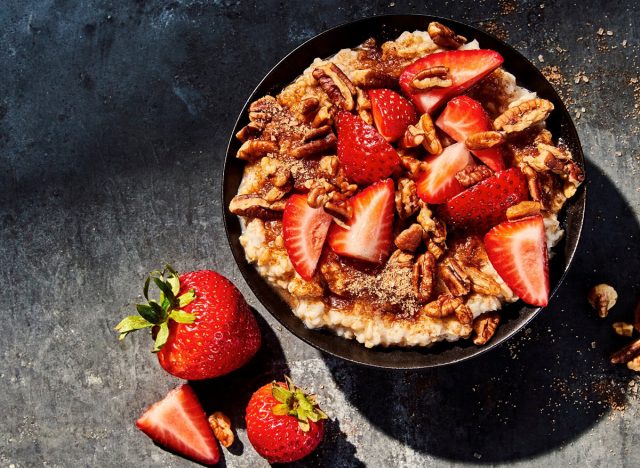
That giant bowl of spaghetti may make be exactly what you’re craving but you’re better off indulging in a healthier source of carbs like pulse pasta or unprocessed oats, which will boost levels of serotonin (the mood-boosting, feel-good hormone that’s lower in those with SAD) without causing additional energy dips. Omega-3 fatty acids can also increase levels of the happy hormone, making things like spinach, grass-fed beef, walnuts, and fatty fish smart diet additions. Vitamin D supplements and sources of the nutrient (like wild salmon, eggs, tuna, and fortified milk) can also help, says Dr. Linda Higley, a Washington-based psychologist. Though the reason why isn’t clear, there’s been a link established between low vitamin D levels and various mood disorders, including SAD.
Just be sure you’re not eating any of the 17 Foods That Make Your Depression or Anxiety Worse.
You May Gain Weight
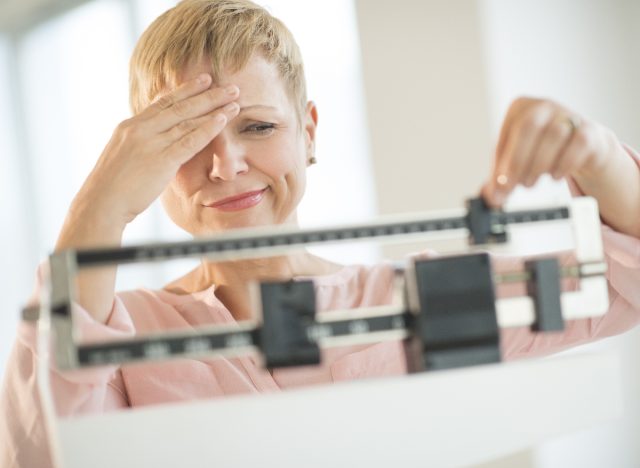
Some people may not have SAD, but they show a seasonal pattern of weight gain or loss. And that’s because in the fall and winter, peopl are ‘more apt to soak up their soup with some bread or give into a serving macaroni and cheese. However, if you typically don’t put on pounds during the winter but you have recently, you might want to go through a mental checklist to see if you’re experiencing any other symptoms of the condition.
Looking for more helpful tips? Sign up for our newsletter to get daily recipes and food news in your inbox!
Your Location Matters

SAD isn’t about the cold; rather, it’s a result of the lack of light available as the days grow shorter, Higley says. The farther north you live in the U.S., the more prone you are to experiencing SAD. Just 1% of Floridians experience SAD, while 9% of those living in Alaska are plagued with the condition. In New York, 17% of the population has SAD while a few hours north, 20% of New Hampshire residents have it. All and all, about 6% of the U.S. population suffers from the condition.
Light Helps
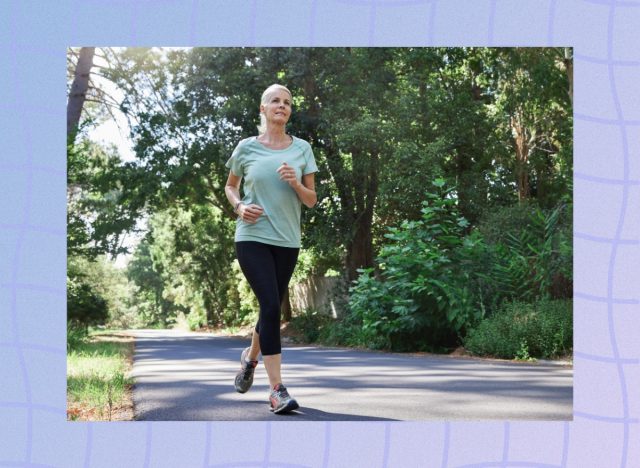
While doctors have proven that phototherapy (light therapy) can help people combat SAD, Anderson says that a walk outside can be just as beneficial. Rosenthal concurs, adding that mornings are the best time to get light. If you home tends to be dark, trim hedges to allow more light to pour through the windows. You may also want to designate one room that’s particularly sunny as a “light room” where you can spend dark winter days.
Exercise Can Help

Getting more light isn’t the only great way to combat SAD, exercise can help, too, making a morning jog or walk outside a great activity to add to your daily routine. “Exercise is a big part of working with the symptoms associated with SAD,” said Tiffany Cruikshank, author of Meditate Your Weight. “I personally really like yoga because it also initiates an investigation of personal inquiry and body awareness which I believe is very helpful. But most important is finding some sort of movement that you enjoy and can do you regularly. Even just 10 or 15 minutes a day can be really helpful.” (If you can do yoga in a sunny room in your home, even better!)
Stress Can Be Tougher to Deal With
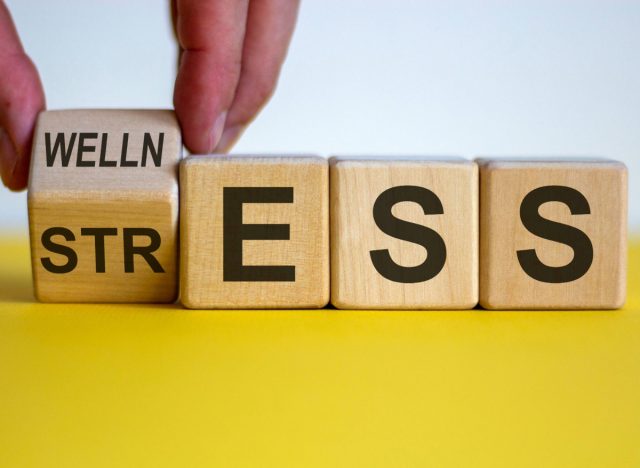
Rosenthal notes that SAD can make it harder to cope with stress and stressful situation. To make matters worse, stress can trigger people to turn to food for comfort which can result in weight gain—a nasty cycle!
